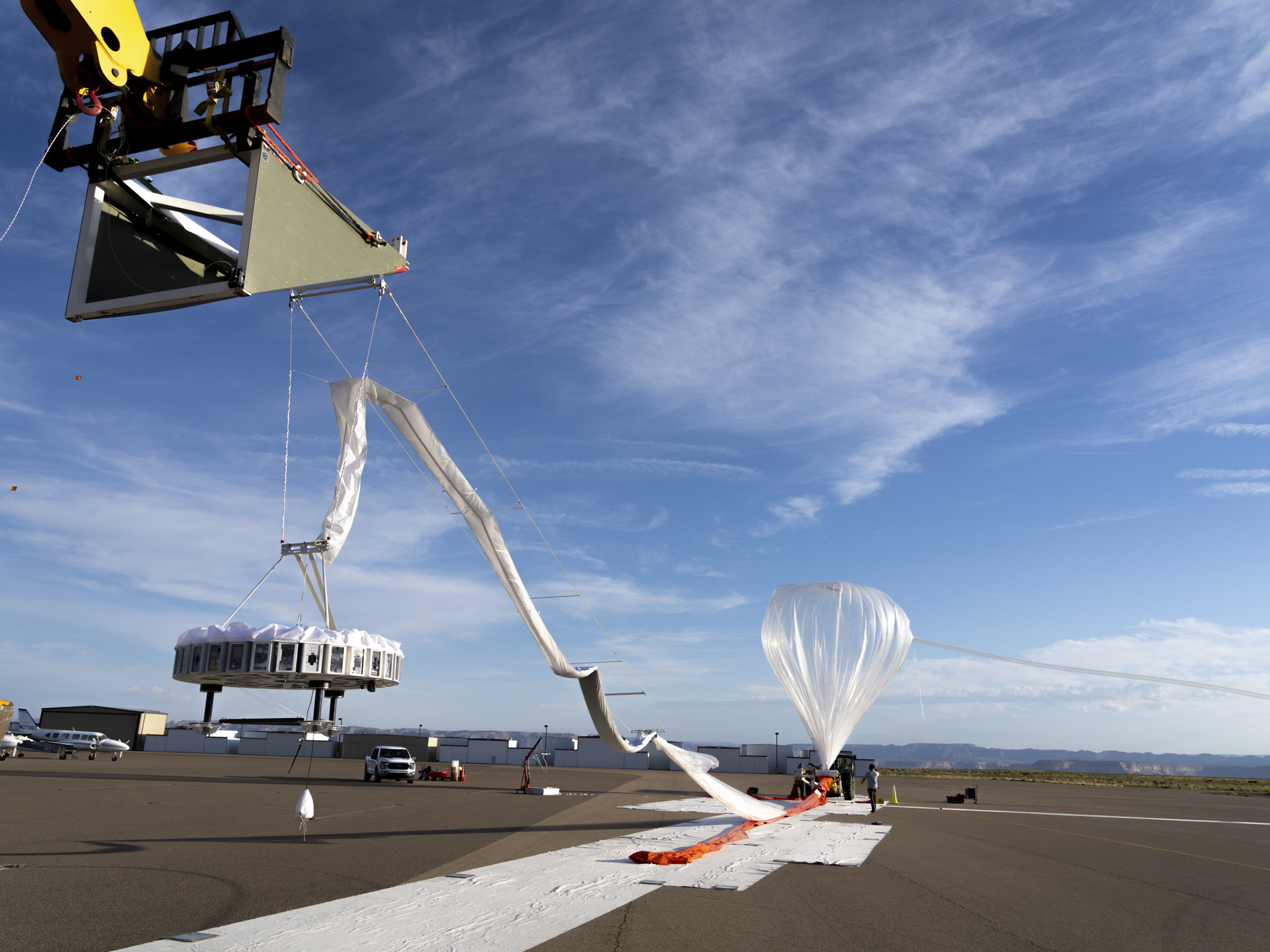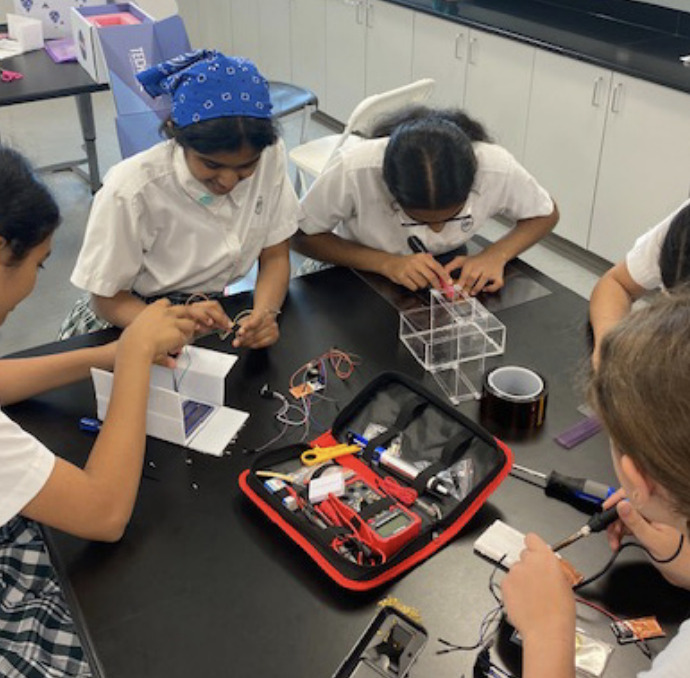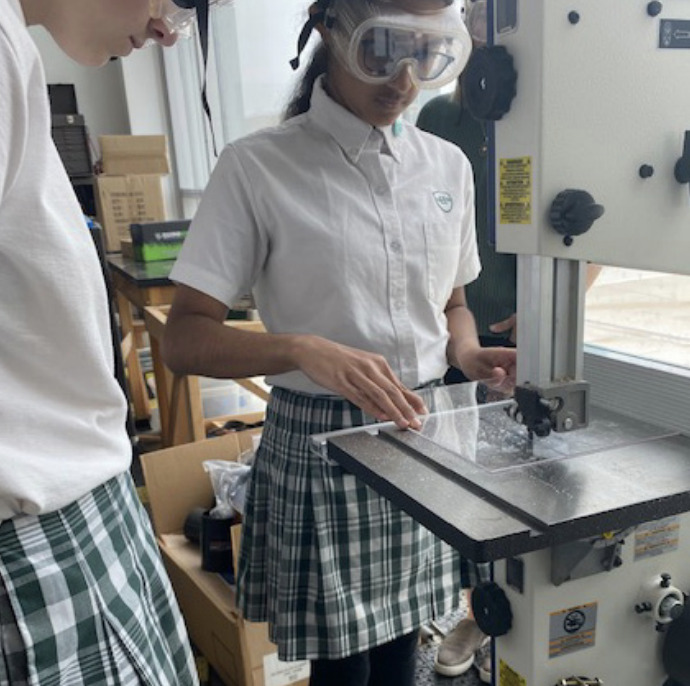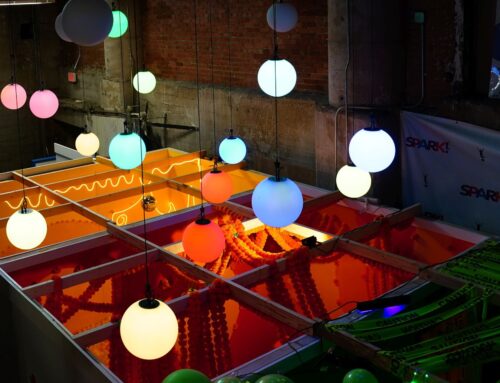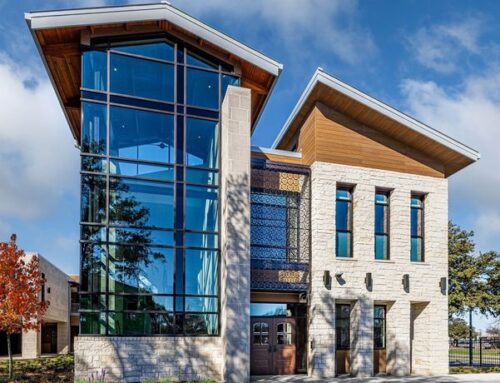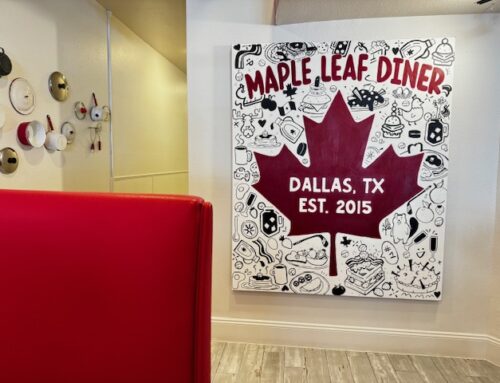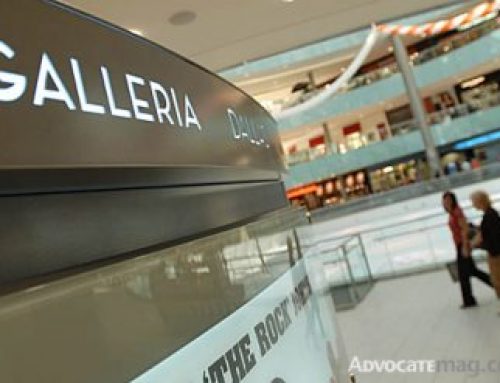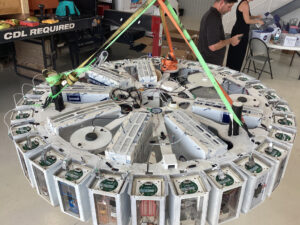
Courtesy of NASA, photos by Paul De León
Five Hockaday students collaborated on a science experiment for the NASA TechRise Student challenge, which successfully launched into space on July 24 in Page, AZ.
This year, the annual challenge selected 30 middle and high schools across the nation to inspire young scientists to experiment on projects that would be launched to the stratosphere via a high-altitude balloon. In its third year, TechRise has offered students in grades 6 – 12, a hands-on experience from the test and design process to post-flight data analysis.
The Hockaday team’s project, Flora Ad Astra (Latin for “plants to the stars”) hypothesized that seeds in a radiation box would be able to successfully grow. This research is vital because it will establish a low-maintenance and autonomous greenhouse that is independent of the International Space Station (ISS) to provide fresh and nutritious food for future plant growth in space.
The experiment was launched into space from Page, AZ aboard the high-altitude balloon early in the morning on July 24. Each student’s projects remained in the stratosphere for over four hours and were approximately at 96,000 feet – twice the height a commercial airplane can fly.
“It’s incredible to see what the students do. We ask them to design the experiment, and then build and prepare it so it’s flight-ready within a period of about four months,” program manager for Flight Opportunities at NASA’s Armstrong Flight Research Center, Danielle McCulloch, said. “Along the way, they have to learn from their mistakes and overcome challenges to bring it all together – following the same process used by all other Flight Opportunities-supported researchers.”
The next TechRise Student Challenge will be held later this month and will accept experiment entries from teams of four or more students in middle and high schools throughout the nation. The deadline will be sometime mid-fall.



